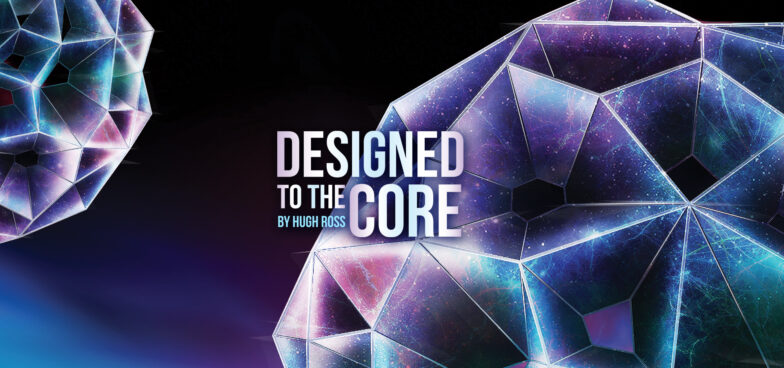Does the Multiverse Explain Too Much?
In the 1980s, I publicly predicted that evidence for cosmic fine-tuning for human life to be possible would continue to mount until atheists would be left with only one way to avoid crediting God with the fine tuning. That option would be the multiverse: the hypothesis that there exists an infinite number of universes where every individual universe manifests a different set of values for its features compared to all the other existing universes. In that scenario, one could argue that by pure chance alone we happen to live in the one universe where the values of all the cosmic features are just right for human existence. In other words, though the probability is near infinitely small that any individual universe would by chance possess the requisite conditions for life, with an infinite number of universes manifesting an infinite variety of values in the cosmic features, those conditions likely will be met in at least one universe.
It did not take long for my original prediction to be fulfilled. The evidence for ubiquitous, exquisite, and optimal design throughout the universe to make possible the existence of advanced life prompted Paul Davies, as early as 1988, to conclude,1
[There] is for me powerful evidence that there is “something going on” behind it all. The impression of design is overwhelming.
Within a decade of Davies’s conclusion, nontheistic astronomers and physicists began speculating that the multiverse, rather than God, might be behind the apparent cosmic design.2
But there is a fatal problem with appealing to the multiverse to explain away the need for a divine Designer; the same appeal can be invoked to explain away the need for human designers. The multiverse, in the form that nontheists propose, not only explains away God’s design, it also explains away all human designs.
For example, in an infinite number of universes where all conceivable variations on the features of the universes are manifested, there could be an infinite number of planets just like Earth. And on those infinite number of Earth-like planets there could be an infinite number of trees that shed pieces of white bark indistinguishable from 8.5 x 11-inch sheets of paper. These pieces of white bark could fall upon soil containing chemicals that could imprint random ink-like markings on the pieces of bark. Inevitably there will be sets of bark pieces that possess imprinted markings identical to all the research papers published by all the nontheistic research scientists in the world.
As theoretical physicist Paul Steinhardt has pointed out, the problem with the atheistic version of the multiverse is that the hypothesis provides for all possible outcomes.3 There is nothing that such a hypothesis could not conceivably explain. And yet if a hypothesis can explain everything, then it really explains nothing. No experiment or observation could possibly falsify any of its explanations.
Using the same reasoning that nontheists apply to credit the multiverse, not God, with all observable designs in the universe, we could also conclude that the multiverse, not scientists, is responsible for all the research papers published in the scientific literature. This analogy points out a major philosophical inconsistency in nontheists’ use of the multiverse. One cannot use a standard for testing the reality of divine design different from the one used for testing the reality of human design. In other words, if one accepts the reality of human designs based on the physical evidences for those designs, then by the same kinds of investigation and deduction one must accept the reality of divine design.
The example here is just one of at least ten different reasons why the atheistic version of the multiverse does not eliminate the need for a personal, supernatural Creator and Designer. I devoted six pages in my book More Than a Theory to outlining several of these reasons.4 My colleague Jeff Zweerink wrote a booklet on the subject, Who’s Afraid of the Multiverse?5
Endnotes
- Paul Davies, The Cosmic Blueprint: New Discoveries in Nature’s Creative Ability to Order the Universe (New York: Simon and Schuster, 1988), 203.
- Helge Kragh, “Contemporary History of Cosmology and the Controversy over the Multiverse,” Annals of Science 66 (October 14, 2009): 529–51, doi:10.1080/00033790903047725.
- Paul Steinhart, “Big Bang Blunder Bursts the Multiverse Bubble,” Nature 510 (June 5, 2014): 9, doi:10.1038/510009a.
- Hugh Ross, More Than a Theory: Revealing a Testable Model for Creation (Grand Rapids: Baker, 2009), 212–17.
- Jeffrey A. Zweerink, Who’s Afraid of the Multiverse? (Glendora, CA: Reasons to Believe), 2008.






